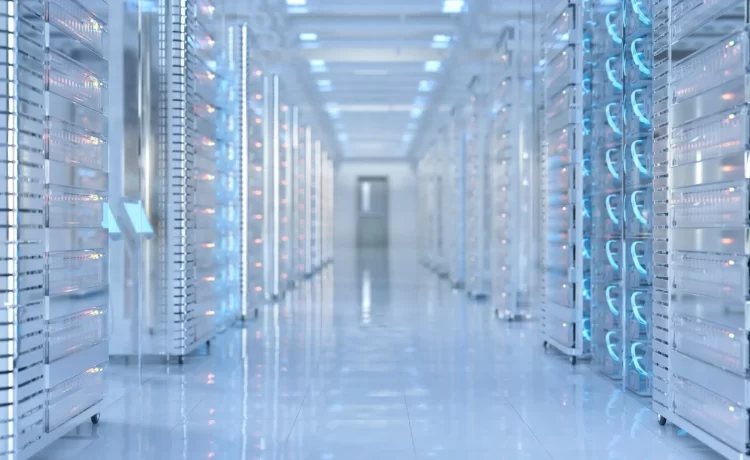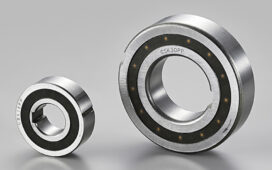In the digital age, data centers are the backbone of our interconnected world, housing the critical infrastructure that powers everything from social media to cloud computing. The design and architecture of these facilities are crucial to ensuring efficient, reliable, and secure operations. As the demand for data processing and storage continues to grow, the role of skilled data center architects becomes increasingly vital. This article explores the innovations and best practices in data center architecture, with insights from Stendel + Reich data center architecture.
The Evolution of Data Center Design
From Mainframes to Modular
Data centers have evolved significantly since their inception. Early data centers were essentially large rooms filled with mainframe computers, requiring significant space and cooling. Today, modern data centers are designed with modularity and scalability in mind, allowing for rapid expansion and adaptation to new technologies.
Embracing Sustainability
Sustainability has become a key focus in data center design. Modern data centers are incorporating renewable energy sources, advanced cooling systems, and energy-efficient technologies to minimize their environmental impact. This shift towards green data centers not only reduces operational costs but also aligns with global efforts to combat climate change.
Key Components of Efficient Data Center Design
Power Distribution
Ensuring a reliable and efficient power supply is critical for data center operations. This involves designing redundant power systems, implementing uninterruptible power supplies (UPS), and optimizing power distribution units (PDUs). The goal is to maintain continuous operation even during power outages or equipment failures.
Cooling Systems
Managing heat generated by IT equipment is crucial for maintaining optimal performance and longevity. Modern cooling solutions include hot/cold aisle containment, liquid cooling, and free cooling techniques. These systems are designed to maximize efficiency while minimizing energy consumption.
Network Infrastructure
The network infrastructure is the lifeblood of a data center. It must be designed for high performance, low latency, and scalability. This includes careful planning of cabling systems, network switches, and routers to ensure seamless data flow and connectivity.
Security Measures
Physical and cybersecurity are paramount in data center design. This includes implementing biometric access controls, surveillance systems, and robust network security protocols to protect sensitive data and infrastructure from unauthorized access and cyber threats.
Innovations in Data Center Architecture
Edge Computing
The rise of IoT and 5G technologies is driving the need for edge data centers, which bring computing power closer to end-users. This reduces latency and improves the performance of real-time applications. Designing these compact, efficient facilities presents unique challenges and opportunities for data center architects.
AI and Automation
Artificial intelligence is revolutionizing data center operations. AI-powered systems can predict equipment failures, optimize cooling efficiency, and automate routine tasks, leading to enhanced performance and reduced operational costs. Integrating AI into data center design is becoming increasingly important.
Hyperscale Facilities
As major tech companies expand their operations, hyperscale data centers are becoming more common. These massive facilities require innovative approaches to power, cooling, and space utilization. They are designed to handle vast amounts of data and support large-scale cloud computing services.
The Role of Specialized Architects
Designing an efficient and effective data center requires specialized knowledge and experience. Firms like Stendel + Reich data center architecture bring expertise in logistics processes, building codes, and industry best practices. These architects work closely with clients to understand their specific needs and create custom solutions that optimize operations.
Conclusion
The architecture of data centers is a critical factor in the success of modern digital infrastructure. By focusing on efficient design principles, incorporating advanced technologies, and prioritizing sustainability, data center architects are transforming these facilities into high-performance, environmentally friendly hubs of innovation. As the demands of the digital age continue to evolve, the role of skilled architects in shaping the future of data center design will remain indispensable.







